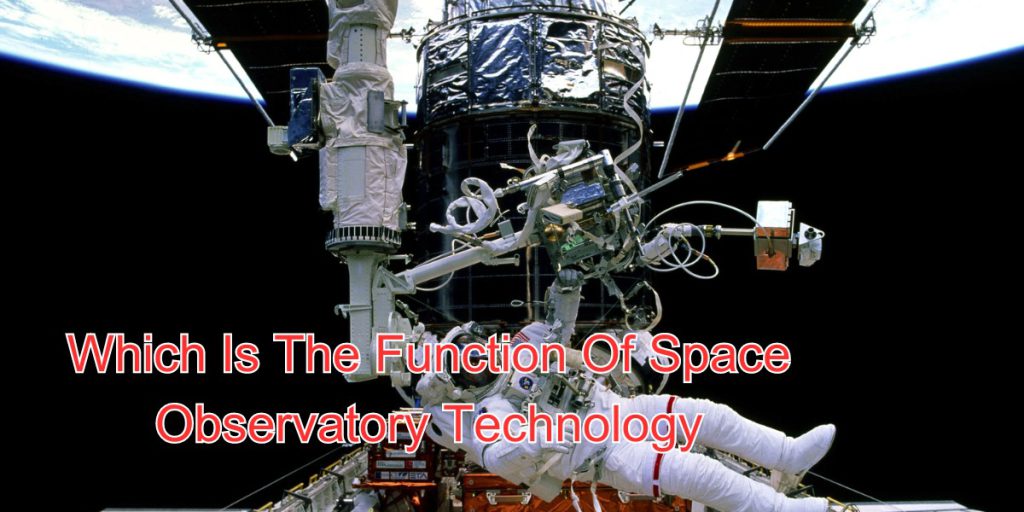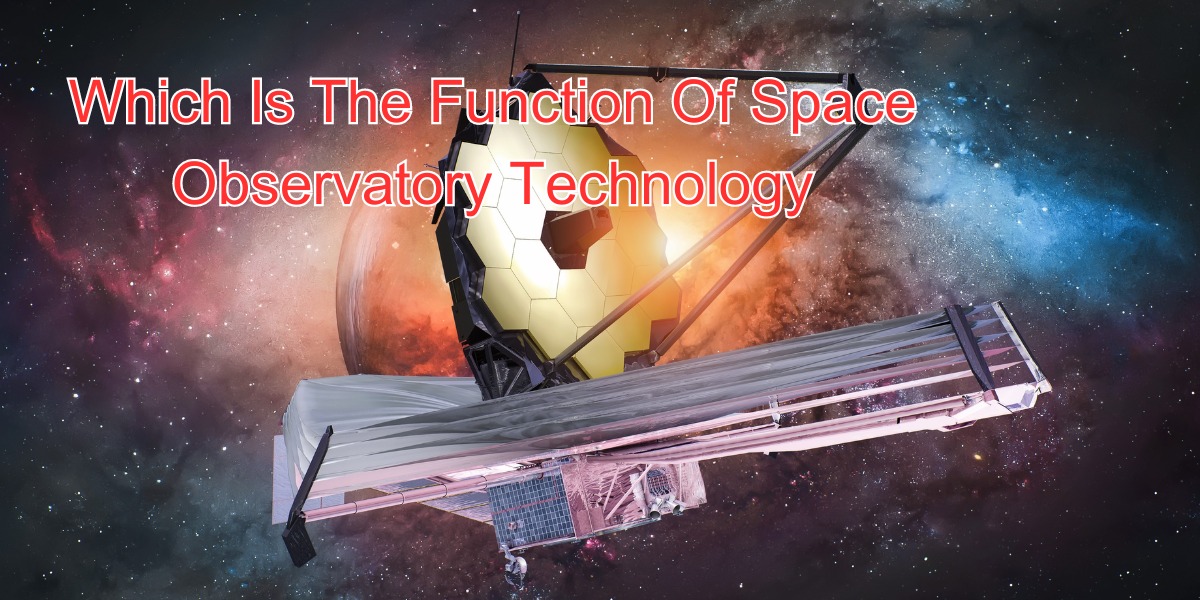Which Is The Function Of Space Observatory Technology
Space observatory technology plays a crucial role in our quest to understand the vast cosmos. From peering into distant galaxies to unraveling the secrets of dark matter, this advanced technology extends our reach beyond the confines of our planet. Let’s delve into the key functions that make space observatories an indispensable tool in the realm of astronomy.
Observing Celestial Bodies
Space observatories are designed to capture detailed images of celestial bodies such as stars, planets, and galaxies. High-tech telescopes equipped with cutting-edge sensors enable astronomers to study the intricate details of these cosmic entities, offering valuable insights into their composition, behavior, and evolution.
Studying Cosmic Phenomena
Beyond static observation, space observatories track dynamic cosmic phenomena. Supernovae, black holes, and pulsars are among the fascinating events studied. Through continuous monitoring, scientists can observe changes over time, providing a deeper understanding of the dynamic nature of the universe.
Unraveling Dark Matter Mysteries
One of the primary functions of space observatories is to contribute to the ongoing quest for understanding dark matter. By observing the gravitational effects on visible matter, these observatories aid in mapping and deciphering the elusive dark matter that constitutes a significant portion of the universe.

Mapping the Universe
Space observatories contribute to mapping the vast expanses of the universe. By collecting data on the distribution of galaxies and cosmic structures, astronomers create intricate maps that help unravel the large-scale structure of the cosmos. This mapping is essential for comprehending the cosmic web connecting galaxies.
Probing Cosmic Origins
Through deep-field observations, space observatories peer into the distant reaches of the universe, allowing scientists to study the early stages of cosmic evolution. This provides critical insights into the formation of galaxies, stars, and the fundamental building blocks of the universe.
Advancing Space Exploration
The data collected by space observatories aids in planning and executing space missions. From identifying potential landing sites for probes to studying the atmospheres of distant planets, observatory technology plays a vital role in expanding our understanding of the cosmos and preparing for future exploration endeavors.
Contributing to Astrobiology
In the search for extraterrestrial life, space observatories analyze the atmospheres of exoplanets for potential signs of habitability. This information guides scientists in identifying promising candidates for further study and exploration.
Space observatory technology stands as a beacon in our pursuit of cosmic knowledge. Its multifaceted functions contribute to expanding our understanding of the universe, from unraveling celestial mysteries to aiding in the quest for extraterrestrial life. As technology continues to advance, the role of space observatories in shaping the future of astronomy becomes increasingly pivotal.
Molecular Corrosion Technologies
Molecular corrosion technologies represent a cutting-edge approach to combating the degradation of materials due to corrosive processes at the molecular level. By leveraging advanced techniques and materials, these technologies offer innovative solutions to extend the lifespan of structures, reduce maintenance costs, and address the challenges posed by corrosive environments. Through the precise understanding and manipulation of molecular interactions, these technologies pave the way for more resilient and durable materials, revolutionizing corrosion prevention across various industries.




